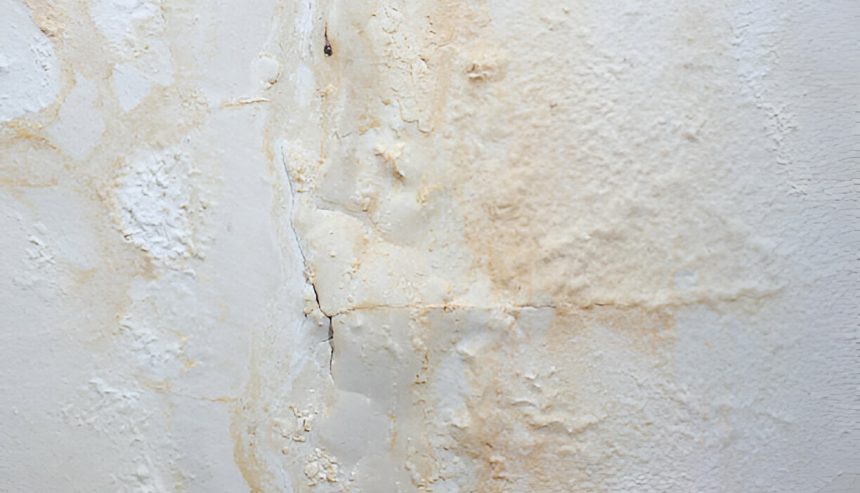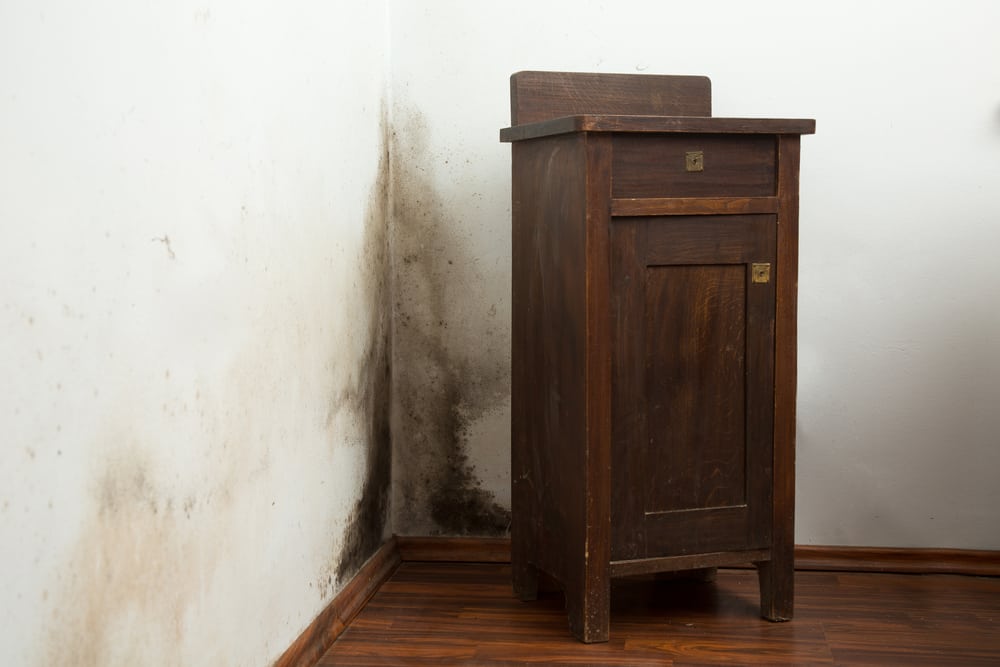Table of Contents
When water infiltrates your home, whether from a burst pipe or a major flood, it often affects one key element: drywall. While it may all seem like “water damage,” the impact on your drywall can vary significantly depending on whether the damage comes from internal water sources or flooding. In this article, we explore how water damage and flood damage differ when it comes to drywall, and what that means for repairs and restoration.
What is Water Damage?
Water damage occurs when internal sources of water, such as a leaking pipe, overflowing appliance, or roof leak, introduce moisture into your home. This type of damage is usually more localized and manageable if addressed quickly. However, drywall is particularly vulnerable to water due to its porous nature.
How Does Water Damage Affects Drywall?
- Localized Moisture Absorption: Water typically seeps into the drywall, causing swelling, softening, or sagging. Over time, the drywall may lose its rigidity and crumble if not dried promptly.
- Surface Staining: Water-damaged drywall often develops yellow or brown stains as moisture evaporates and minerals are left behind.
- Mold Risk: If water-damaged drywall isn’t dried within 24-48 hours, mold can begin to grow behind or within the drywall, leading to potential health risks and further structural problems.
- Structural Integrity: In many cases, the damage is limited to a small section of drywall, which means repairs can often involve drying and patching rather than full replacement.
What Is Flood Damage?
Flood damage, on the other hand, is caused by external water sources, such as heavy rainfall, storm surges, river overflows, or flash floods. Floodwater doesn’t just bring moisture—it often introduces contaminants like sewage, dirt, and bacteria into your home.
How does Flood Damage Affect Drywall?
- Complete Saturation: Unlike water damage, flood damage saturates drywall completely, often from the base upwards. The material becomes heavy, weak, and prone to collapse.
- Contamination: Floodwater is often mixed with harmful contaminants, including sewage, chemicals, and debris. This makes the drywall not only structurally unsound but also a health hazard.
- Rapid Mold Growth: Mold thrives in the high-moisture environment created by flooding, spreading quickly across large areas of drywall. This can compromise air quality and pose serious health risks.
- Extensive Damage: Because floodwater often rises above the base of walls, it affects a much larger area than typical water damage, leading to more widespread replacement needs.
Key Differences: Water Damage vs. Flood Damage on Drywall
| Aspect | Water Damage | Flood Damage |
|---|---|---|
| Source | Internal (pipes, leaks, appliances) | External (storms, rising water, natural disasters) |
| Extent of Damage | Localized, smaller areas affected | Widespread, affecting large portions of walls |
| Drywall Impact | Moisture absorption, minor swelling or sagging | Complete saturation, warping, and collapse |
| Contamination Risk | Minimal; water is typically clean | High; floodwater often contains sewage and bacteria |
| Mold Growth | Possible if untreated | Rapid and aggressive due to high moisture levels |
| Repair Approach | Often repairable with drying and patching | Requires full drywall replacement and disinfection |
Why the Differences Matter
Understanding whether you’re dealing with water damage or flood damage is essential because it affects the urgency, health risks, and costs of repairs.
Water Damage:
- If addressed quickly, water damage can often be mitigated without major disruption. For example:
- Drying Techniques: Fans, dehumidifiers, and moisture meters can help restore affected drywall.
- Limited Replacement: In many cases, only small sections of drywall may need to be cut out and replaced.
- Mold Prevention: A fast response prevents mold from becoming a long-term issue.
Flood Damage:
- Flood damage is far more invasive and requires specialized handling due to contamination risks. For example:
- Health Risks: Contaminated floodwater poses serious health hazards, requiring thorough disinfection of affected areas.
- Widespread Replacement: Entire sections of drywall, insulation, and framing may need removal and replacement.
- Professional Expertise: Flood recovery typically requires certified professionals to ensure the property is safe and fully restored.
Signs Your Drywall Needs Attention
Whether from water damage or flooding, certain signs indicate it’s time to take action:
- Soft or Spongy Texture: Press lightly on the drywall. If it feels soft or gives way, it’s likely compromised.
- Discoloration: Yellow or brown stains suggest water intrusion.
- Warping or Buckling: Visible changes in shape mean the drywall is absorbing too much moisture.
- Mold Odor: A musty smell could indicate mold growth behind the drywall.
How to Handle Drywall Damage
For Water Damage:
- Stop the Source: Identify and fix the leak or water source immediately.
- Dry Thoroughly: Use fans, dehumidifiers, and professional drying equipment to eliminate moisture.
- Inspect for Mold: If mold is present, remove and replace the affected drywall.
- Patch or Replace: In cases of minor damage, patch the drywall. For severe damage, replace the section entirely.
For Flood Damage:
- Prioritize Safety: Avoid contact with floodwater and wear protective gear.
- Remove Contaminated Drywall: Cut out all saturated drywall, typically up to at least 12 inches above the highest waterline.
- Disinfect Thoroughly: Clean and sanitize the exposed areas to remove bacteria and contaminants.
- Hire Professionals: Certified restoration experts can ensure that your home is safe and that all structural elements are properly restored.
Final Thoughts
While water damage and flood damage may both impact drywall, the severity, scope, and necessary response differ greatly. Water damage is often more manageable with quick action, while flood damage requires a more extensive and professional approach due to contamination and widespread destruction. Knowing the difference helps you act faster and make informed decisions, whether it’s drying a small area or calling in experts to handle major flood recovery. By addressing drywall damage promptly, you can protect your property and prevent further complications down the line.
When water or flood damage strikes your property, it’s critical to act fast. At PuroClean of Lakewood Ranch & Siesta Key, our certified experts specialize in water and flood damage restoration, ensuring your drywall and property are restored safely and effectively.
Contact us today to protect your home or business with trusted, professional care. Call 941-233-7876 today.
Follow our social channels: LinkedIn, Facebook, Instagram
You can also read:
Here’s how to address water damage in Lakewood Ranch
What Property Managers need to know about water damage in commercial properties




 PuroClean of Lakewood Ranch & Siesta Key
PuroClean of Lakewood Ranch & Siesta Key